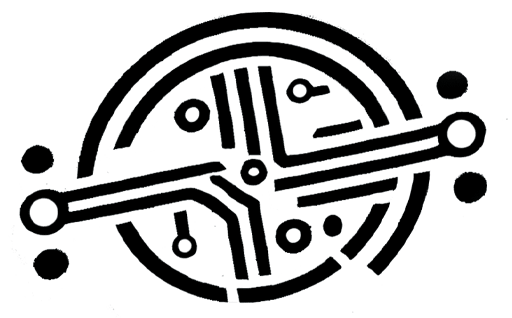Original version From This story It appeared Quanta Magazine.
Since their discovery in 1982, we have been dedicated to physicists and chemists. Their atoms make themselves into Pennsylvania chains, decorations and other shapes to form a pattern that never repeated. These patterns seem to disobey the laws and witnesses. How can atoms be able to form unprofessional arrangements without an advanced understanding of mathematics?
Wenhao Sun, a material scientist at the University of Michigan, said “Quasicrystals is one of the things you like as a material scientist, when you first learn about them,” this is crazy. “
However, recently, some of the results of their secrets have returned. In one study, the Sun and colleagues adapted a way to study the crystals to determine that at least some of the pseudo-craiosales are thermodynamically stable-their stomachs do not fall into a low energy order. This finding helps to explain how and why the pseudo -form. A second study has a new method for Quasicrystals engineering and observes them in the process of formation. And a third research group has recorded the unknown properties of these unusual substances.
Historically, Quasicrystals have been challenging to create and describe.
“There is no doubt that they have interesting properties,” said Sharon Glotzer, a computing physicist based at the University of Michigan. “But unable to make them mainly, on their industrial scale[that] It is not felt, but I think it shows us how to do it in a repetitive manner. “
Symmetry “forbidden”
Almost a decade before the Israeli physicist, Dan Schchertman discovered the first examples of crystals in the laboratory, Roger Penaruz, a British math physicist, almost repeated – thought that they were revealed in these materials.
Penrose created a set of tiles that can cover an infinite aircraft without slit and overlap, in patterns that are not repeated and cannot repeat. Unlike the settlements made of triangles, rectangles and hexagons – shows that are symmetrical in two, three, four or six symmetrical axes and the tile space in periodic patterns – pennos tiles are five times “forbidden”. The tiles make up pentagons, but the claws cannot be put together to tile the aircraft. Therefore, while the tiles are aligned along the five axes and uninterruptedly, the different parts of this pattern only look like. It is impossible to accurately repetition. Penrose Devils Covered Covered Scientific American In 1977, five years before jumping from pure mathematics to the real world.





